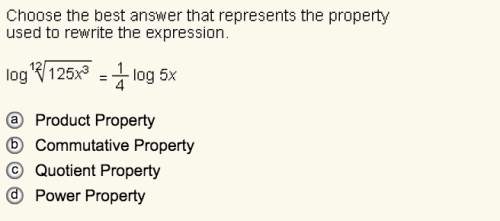Determine which relation is a function.
a.
{(–4, 3), (–2, 3), (–1, 2), (2, 5), (3...

Mathematics, 06.10.2019 12:00 evsdcp44b3w
Determine which relation is a function.
a.
{(–4, 3), (–2, 3), (–1, 2), (2, 5), (3, 2)}
b.
{(–4, 1), (–2, 3), (–2, 1), (–1, 5), (3, 2)}
c.
{(–4, 1), (–2, 3), (–1, 2), (3, 5), (3, 2)}
d.
{(–4, 1), (–2, 3), (–1, 1), (–1, 5), (3, 2)}

Answers: 1
Another question on Mathematics

Mathematics, 21.06.2019 14:50
What is [tex] {7}^{98 + \sqrt{4} } - 3 \times (64 \div 2 + 4 - 36) \times a = a + 36[/tex]?
Answers: 3

Mathematics, 21.06.2019 17:00
What is the difference between the points (4, 7) and (4, -5)? a. 0 units b. 2 units c. 4 units d. 12 units
Answers: 1

Mathematics, 21.06.2019 20:30
Find the solution(s) to the system of equations. select all that apply y=x^2-1 y=2x-2
Answers: 2

Mathematics, 21.06.2019 21:40
Astudy was interested in determining if eating milk chocolate lowered someone's cholesterol levels.ten people's cholesterol was measured. then, each of these individuals were told to eat 100g of milk chocolate every day and to eat as they normally did. after two weeks, their cholesterol levels were measured again. is there evidence to support that their cholesterol levels went down? how should we write the alternative hypothesis? (mud = the population mean difference= before - after)a. ha: mud = 0b. ha: mud > 0c. ha: mud < 0d. ha: mud does not equal 0
Answers: 1
You know the right answer?
Questions


Mathematics, 02.10.2019 17:40



Mathematics, 02.10.2019 17:50







Social Studies, 02.10.2019 17:50



Health, 02.10.2019 17:50




Chemistry, 02.10.2019 17:50

World Languages, 02.10.2019 17:50




